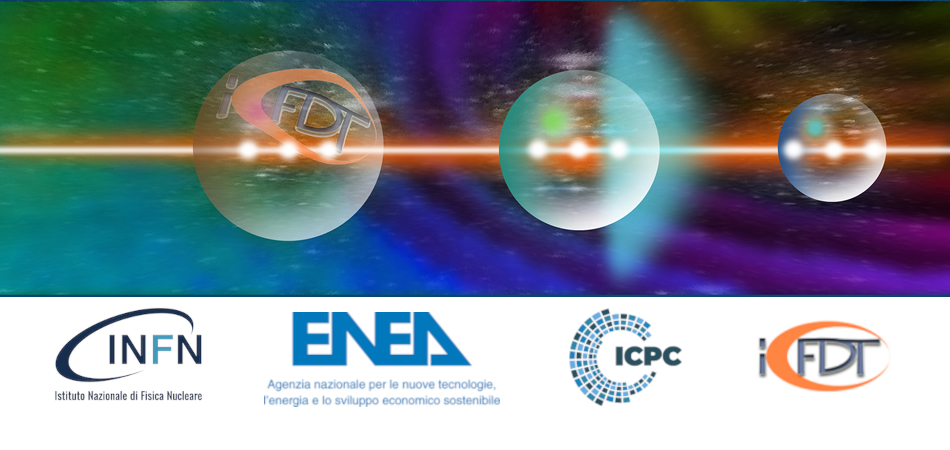Speaker
Description
Besides the primary emission of a 14MeV neutron, the fusion reaction of Deuterium and Tritium may instead lead to the emission of a 17MeV gamma-ray, with a 2.4 ⋅ 10⁻⁵ probability [1]. A novel approach for measuring the fusion power at ITER has been suggested based on the absolute measurement of these gamma-rays, using the plasma's gamma ray emission detected by ITER's Radial Gamma Ray Spectrometer (RGRS) [2].
This project has aimed to reduce the systematic uncertainty in the approach of [2], developing a machine learning-based technique that also integrates the magnetic equilibrium as a further source of information. The proposed algorithm works by reconstructing the fusion gamma-rays emissivity profile. The observed magnetic equilibrium and RGRS measurement values are used to constrain the possible emissivity profiles. Applying Principal Component Analysis (PCA) to a set of simulated profiles [3] from the IMAS database [4] allows the estimation of one specific profile and one specific fusion power.
Testing the algorithm by repeated 5-fold cross-validation on a dataset of 75 scenarios from the IMAS database, the average deviation of the estimated fusion power from the reference is 0.33%. The relative error has a standard deviation of 0.97%: promising results for this first, simple machine learning approach.

